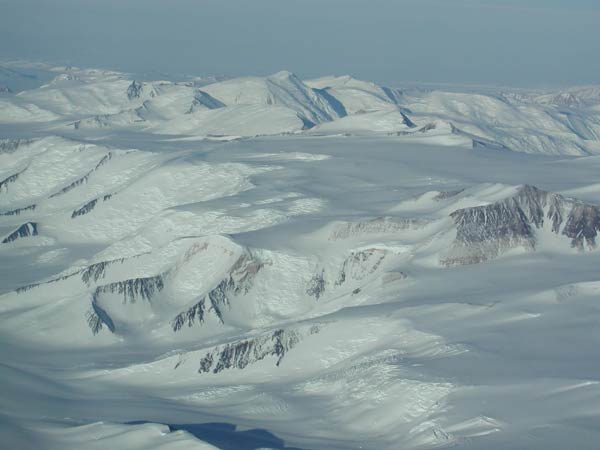
Gear from 1930s Expedition Discovered in Antarctica

Gear that belonged to members of one of U.S. polar explorer Admiral Byrd's several expeditions to Antarctica has been found 80 years after the men traveled to the frozen continent.
The cache of skis and wooden extendable survey poles was discovered on a rocky ridge less than 300 miles (483 kilometers) from the South Pole, near the mouth of the Scott Glacier in eastern Antarctica, several New Zealand media outlets reported today (April 1).
The 1930s expedition preceded the South Pole's first permanent station (which was recently dynamited) by more than 20 years, and paved the way for American involvement in Antarctica.
Researchers from New Zealand's University of Canterbury and University of Waikato happened upon the artifacts in January during an expedition to look for mosses, lichens and invertebrates in the southern Transantarctic Mountains, a massive mountain range that bisects the Antarctic ice sheet, dividing east from west.
"It was amazing to find traces of a previous expedition," Bryan Storey, director of the Center for Antarctic Studies and Research at the University of Canterbury, told the New Zealand press.
"In some ways you hope to be the first people to set foot on such a remote location but you know that early explorers have been there previously."
The crampons and survey poles the team found were marked with the initials of explorers on Byrd's second Antarctic expedition, which surveyed large portions of the continent from 1933 to 1935.
Sign up for the Live Science daily newsletter now
Get the world’s most fascinating discoveries delivered straight to your inbox.
Two of the crampons bear the letters QAB, indicating that they belonged to Quin A. Blackburn, a geologist and leader of a sledding mission to the Antarctic interior in late 1934. The remaining crampon is stamped with the initials RR, suggesting they belonged to Richard Russell, another member of the team.
One of the survey poles has the name Cox burned onto the surface — E.F. Cox was the carpenter on the expedition.
"The crampons were in remarkable condition considering that they have sat there for nearly 80 years, the straps have disintegrated but the buckles remained. There was no rust due to the dry, windblown environment," Storey said.
The New Zealand research team left the stash undisturbed with the exception of one crampon, which will likely be given to a museum in New Zealand.
- In Images: Race to the South Pole
- In Images: Extreme Living – Scientists at the End of the Earth
- The Coldest Places on Earth
This article was provided by OurAmazingPlanet, a sister site to LiveScience.










